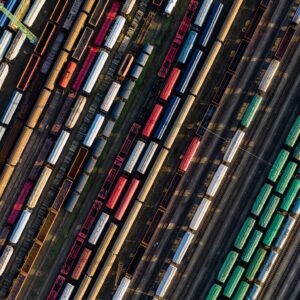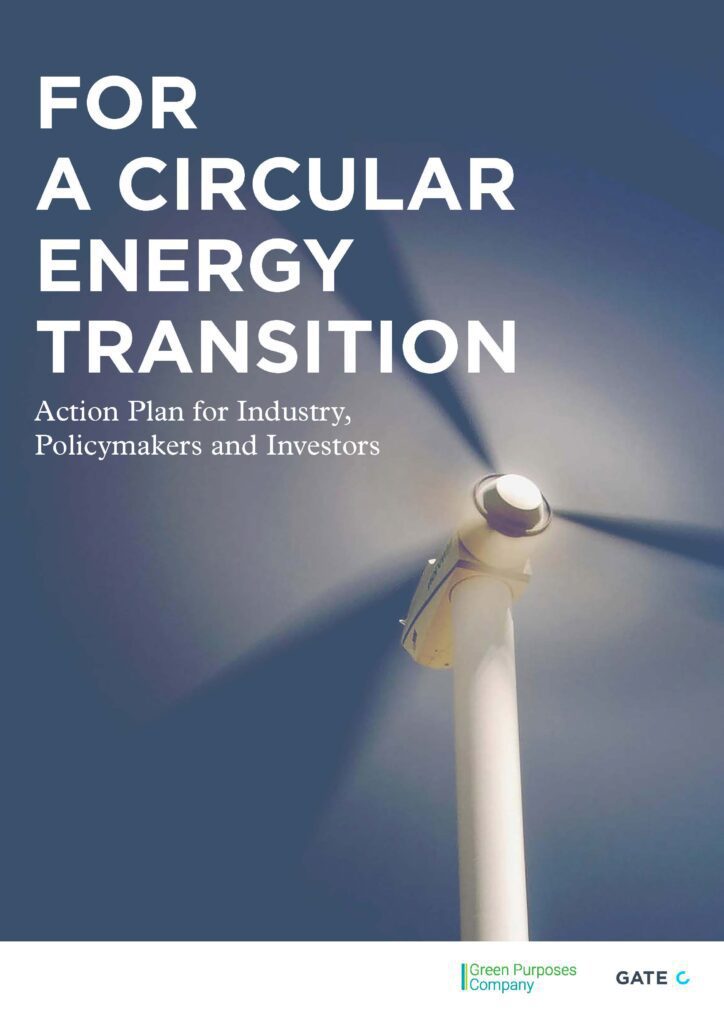Circular strategy
We help our clients in formulating and executing a circular economy strategy to minimize costs, generate revenue, and secure supplies.
Why a circular economy strategy?
The circular economy contributes not only to sustainable development goals, reducing resource consumption and waste production, but also to economic goals.
Reduce costs
By maintaining the value of products and materials in the economy for as long as possible, the circular economy reduces resource consumption and minimizes waste.
Increase revenues
The circular economy allows us to sell, rent or share used materials and products through remanufacturing, reconditioning, reuse or even repair.
Reduce CO2 emissions
By reducing the production of new materials, components and products, the circular economy reduces CO2 emissions.
Secure supplies
Creating or participating in supply chains for components and reused materials helps secure supplies of critical resources such as copper, water, phosphate or rare earths.
In particular, the circular economy can improve competitiveness.
Circular economy is relevant as it offers companies the opportunity to turn inefficiencies in linear value chains into business value. These inefficiencies look beyond production waste, focusing on underutilized capacities, premature product lives, unsustainable materials, wasted end-of-life value and unexploited customer engagements.
40%
Average spending on materials of manufacturing firms in the EU
€600B
Savings for EU businesses from circular economy
8%
Part of the annual turnover that would be saved by EU business from circular economy
However, the adoption rate of the circular economy remains low due to the challenges of strategy formulation and execution.
12%
Part of secondary materials and resources being brought back into the economy
6%
Part of recycled plastics for the plastic demand in Europe4
1.5%
Minimum percentage of global plastics production ending up in the oceans every year3
Our approach
We help businesses formulate a robust circular strategy using a four-step approach.
Identify inefficiencies
First, we understand current inefficiencies in the existing linear value chains and evaluate circularity status quo.
Map circular economy benefits
Then we assess the potential of circular business models to address existing inefficiencies.
We evaluate the business case (return on investment, risks, etc.) for each relevant business model
Formulate the circular strategy
We define a circular economy strategy, integrated into the business strategy.
Build the roadmap
Circular business models can require major transformations. We identify the required capabilities needed to operate selected business models.
Finally, we design a roadmap to execute the strategy.
We help setting out clear KPIs chosen from our list of more than 100 qualified circularity indicators.
Circular strategy cases studies

We formulated the circular economy strategy of one of the leading European rail carriers.

For Ermewa, one of Europe’s leading railcar leasing companies, we organized a conference on the challenges of the circular economy for rail freight transport. We raised awareness among more than 100 transport companies.

For one of Europe’s largest transport groups, we have defined an organization dedicated to the circular economy. This organization has been approved by the company’s Board of Directors.
Exponential demand for critical materials, driven by the energy transition, may trigger supply chain problems. Circular economy business models could help decouple the renewable energy sector from material consumption. However, facing major economic, regulatory and financial barriers, the transition of the sector towards a circular economy still has a long way to go. In our report for the Green Purposes Company, we propose an action plan for the renewable energy sector to be fully aligned with the principles of a circular economy and reap its benefits.
Featured capabilities on circular strategy

To evaluate a company’s circularity status quo, we collect answers to approximately 100 questions.
To help our clients identify circular economy opportunities, we’ve developed a deck of cards that showcases all possible business models, products, and ecosystems for a circular economy. See sample cards.
Connect with our circular economy consultants to know more

